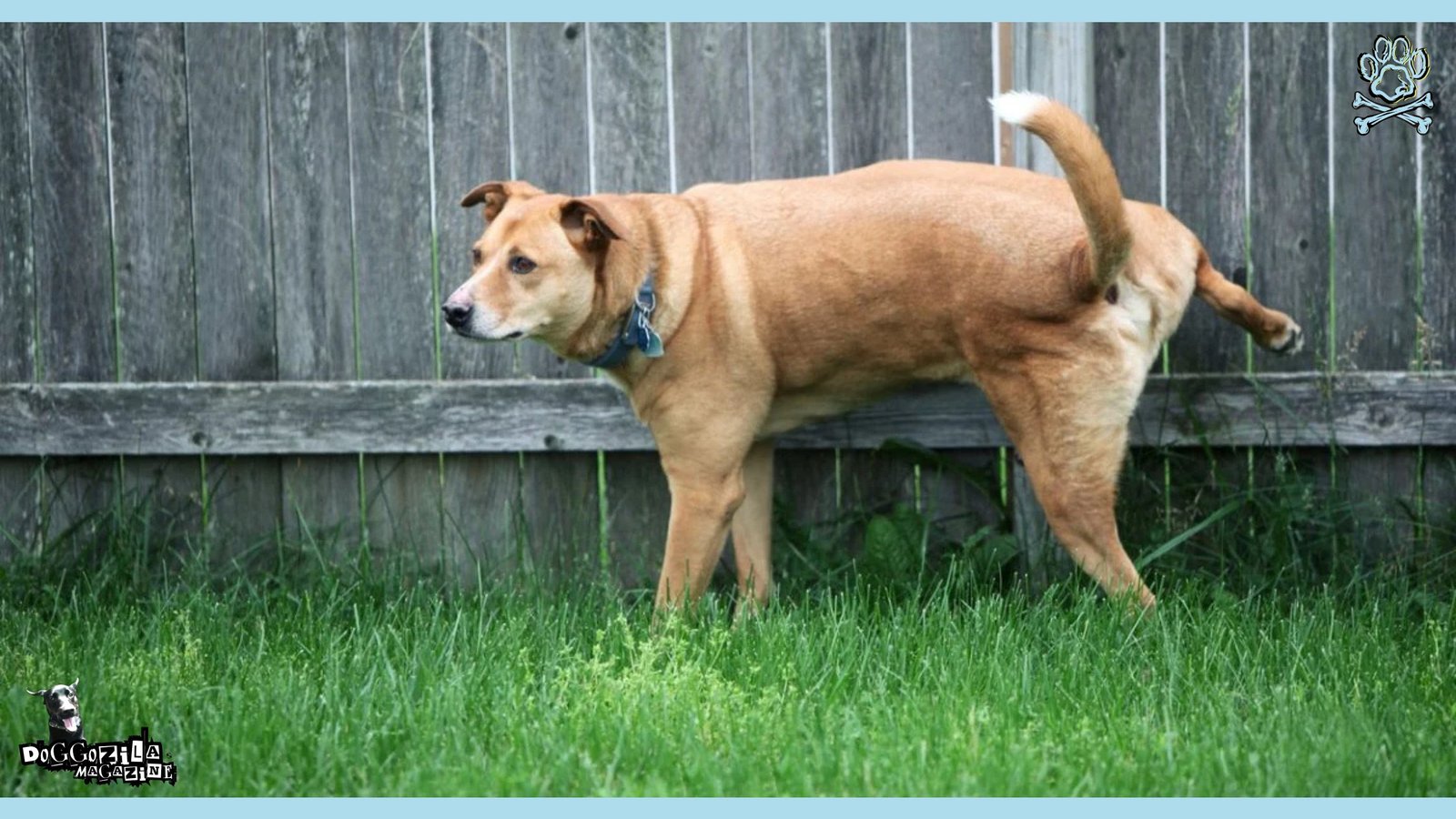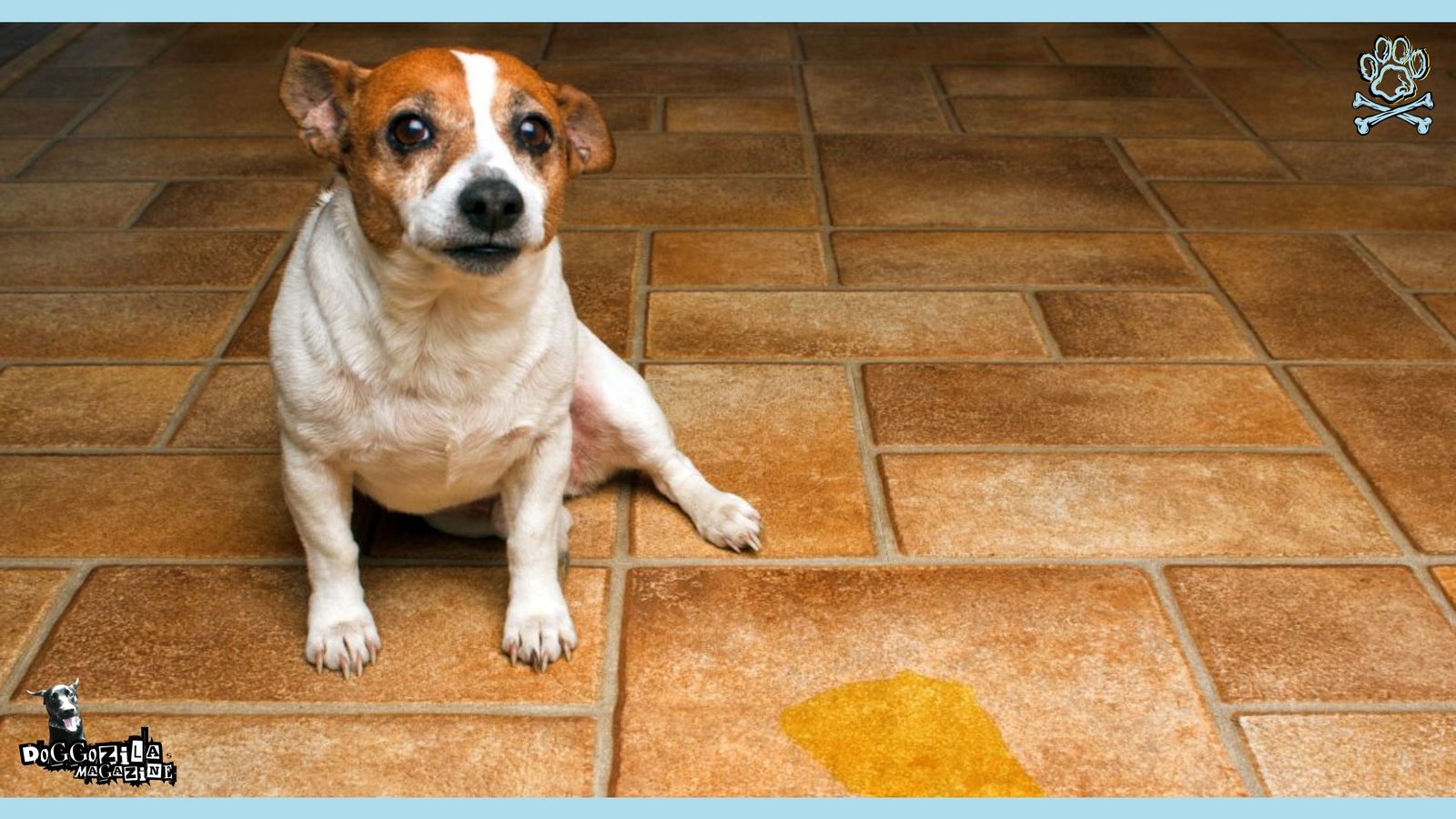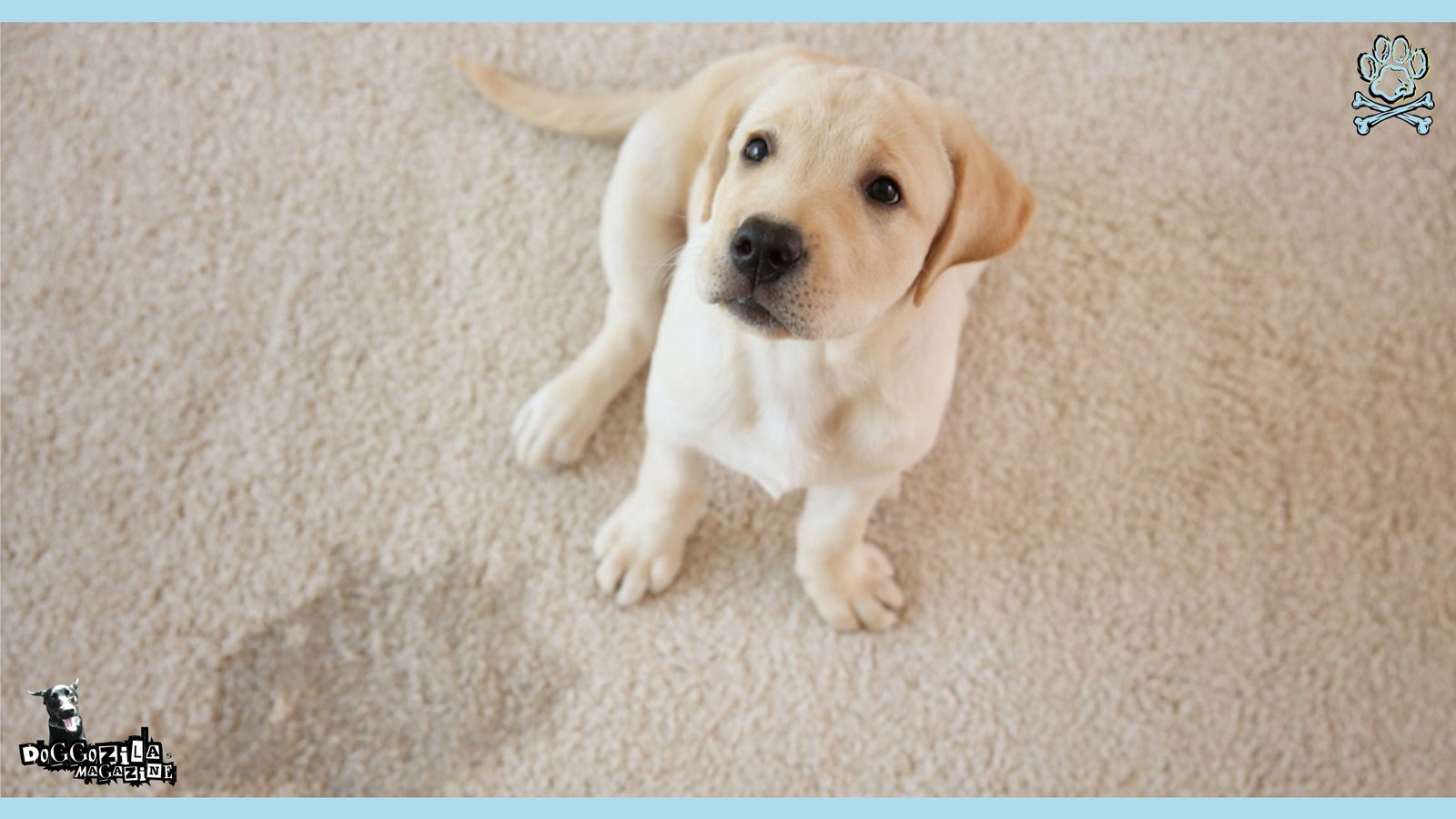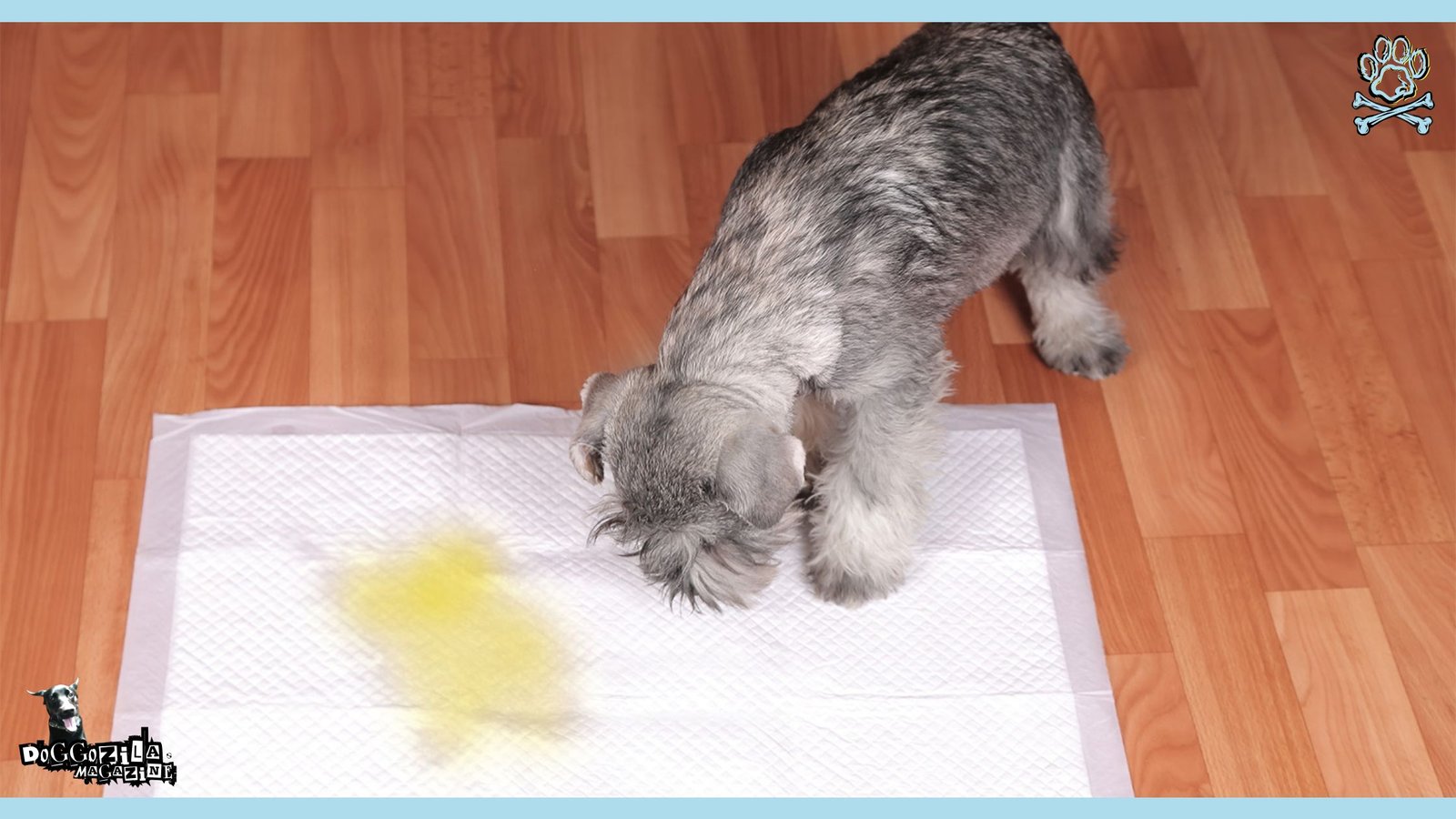Understanding the intricate dynamics of a dog’s urinary habits not only aids in preventing accidents within the home but also significantly contributes to a dog’s overall comfort and happiness. By monitoring and accommodating your dog’s needs, you promote a healthy dog lifestyle that fosters a strong bond between you and your furry companion. We already know that dogs can hold their pee long, but how and why is the question that every dog owner ask themselves.

INTRODUCTION TO DOG BLADDER CONTROL
Understanding canine bladder control is a vital aspect of responsible dog ownership. Dogs, like humans, have specific urination needs, and an awareness of these needs is crucial for maintaining their health and well-being. The ability of a dog that can hold long their pee can vary significantly based on factors such as age, size, breed, and overall health.
How Long Can Dogs Hold Their Pee Based on Their Age
Generally, healthy adult dogs can hold their pee in the bladder for an average of 8 to 10 hours, however, this can vary, and several conditions can affect this time-frame.
Puppies, for instance, usually have limited bladder control due to their developing bodies. As a rule of thumb, a puppy can hold its bladder for about one hour for each month of age, making timely bathroom breaks essential for this age group.
Conversely, senior dogs may struggle with bladder control due to physical changes such as weakened muscles, or medical issues like incontinence. Recognizing these variations in bladder control is crucial for establishing appropriate routines and ensuring that your dog stays healthy.
Additionally, factors such as hydration levels, time of day, and individual behavioral quirks can impact a dog’s need to urinate. Dogs tend to need to relieve themselves shortly after drinking water or eating, so being aware of these patterns can help pet owners anticipate their pet’s needs.
🔑 Key Points: Understanding canine bladder control is a vital aspect of responsible dog ownership. Healthy adult dogs can hold their pee in the bladder for an average of 8 to 10 hours. Puppies have limited bladder control and senior dogs may struggle with bladder control due to physical changes.

NORMAL URINATION PATTERNS IN DOGS
Understanding the normal urination patterns of dogs is essential for any pet owner. On average, dogs will urinate approximately 3 to 5 times a day, although individual frequencies can vary significantly based on several factors. A dog’s hydration level is one of the most influential factors affecting how often they need to relieve themselves.
Factors That Influence How Long Dogs Can Hold Their Pee
Dogs that drink substantial amounts of water will naturally need to urinate more frequently than those with lower hydration levels. Consequently, it is important for owners to monitor their dog’s water intake, especially if changes in urination patterns occur.
Age also plays a critical role in determining urination patterns. Young puppies, for instance, have smaller bladders and less control, which means they will typically need to urinate more often, sometimes every hour.
As dogs mature, their urinary control improves, leading to a decrease in the frequency of bathroom breaks. Conversely, senior dogs may face different challenges such as age-related health conditions that can influence their urge to urinate, potentially increasing the frequency again.
Conditions That Influence How Long Dogs Can Hold Their Pee
Another influencing factor is the dog’s size. Generally, smaller breeds may urinate more frequently than larger breeds due to their smaller bladder capacity. Moreover, health status can significantly affect urination patterns. Conditions such as diabetes or urinary tract infections can lead to increased urination frequency.
Therefore, pet owners should take note of any sudden changes in their dog’s urination habits and consult a veterinarian if needed. In summary, recognizing a dog’s normal urination patterns provides insight into their health.
🔑 Key Points: Understanding factors like hydration, age, size, and overall health can help pet owners ensure their dogs’ needs are met and detect any underlying issues that may require attention.

HOW LONG CAN DOGS GO WITHOUT PEEING?
The duration that dogs can hold their bladder varies considerably, often averaging between 8 to 10 hours. However, this time-frame is influenced by several factors including the dog’s breed, age, and overall health. Generally, younger dogs and puppies may require more frequent bathroom breaks, sometimes every two hours, due to their smaller bladders and higher energy levels. As dogs mature, they typically gain the ability to control their bladder for longer periods.
Larger Breeds Compared to Smaller Breeds
Breeds also play a significant role in determining how long a dog can hold their urine. Larger breeds, for instance, tend to have larger bladders compared to smaller breeds; hence, they may be able to hold their bladder for extended durations.
On average, medium to large-sized dogs can hold their bladder for approximately 8 to 10 hours, while small breeds might need to urinate more frequently, often every 4 to 6 hours. Thus, it’s essential to consider the specific needs of each breed when assessing their ability to retain urine. Health conditions can further impact bladder control.
Issues such as urinary tract infections or diabetes may result in increased frequency of urination, causing affected dogs to struggle in holding their bladder. Aging also brings about changes in a dog’s physiology that can lead to decreased bladder control, making it crucial for owners to be attentive to the signs suggesting their dog may need relief sooner than expected.
🔑 Key Points: Overall, understanding your dog’s needs based on these factors is essential for maintaining their comfort and health, eliminating potential stress for both the dog and the owner.

SIGNS YOUR DOGS CAN’T HOLD THEIR PEE ANYMORE AND NEEDS TO GO OUTSIDE
Understanding the signs that your dog needs to relieve itself is essential for maintaining a clean and comfortable living environment. Dogs communicate their needs in various ways, and being observant can help prevent indoor accidents.
If Your Dog is Pacing, Whining or Barking You Should Go Outside
One of the most common behavioral cues is pacing. If you notice your dog moving nervously back and forth or appearing restless, this may indicate they are uncomfortable and need to go outside.
Another clear sign is whining or barking, as dogs often vocalize their urgency. This can range from soft whines to more insistent barks. If your dog is attempting to get your attention in this manner, it is advisable to take them outside promptly.
Additionally, sniffing around is a very telling behavior. Dogs often engage in this activity, seeking out scents that may urge them to relieve themselves. If you observe your dog sniffing the ground intensely or trying to find a spot, be alert that they might need to go outdoors.
If Your Dog is Standing by the Door or Circling in One Place You Should Go Outside
Moreover, dogs may exhibit physical signs such as standing by the door or circling in one place. Some dogs even scratch at the door or stare at you, seeking your acknowledgment to be let outside. This behavior is a signal that they are trying to communicate their immediate need to relieve themselves.
Owners should also be aware of body language changes such as squatting or looking anxious. Recognizing these signals early can help prevent accidents and ensure that your dog’s needs are promptly met. By being attentive to these indications, you can better support your dog’s health and comfort.
🔑 Key Points: Dogs communicate their needs in various ways, and being observant can help prevent indoor accidents. Be observant of the signals can help prevent accidents and ensure that your dog’s needs are promptly met.

HEALTH RISKS IF YOUR DOGS HOLD PEE FOR TOO LONG
Allowing a dog to hold its bladder for extended periods can lead to several serious health risks. One of the most common complications is the development of urinary tract infections (UTIs), which can arise when bacteria linger in the urinary system.
Symptoms of a UTI and Other Bladder Infections
When a dog does not urinate frequently enough, stagnant urine can provide a breeding ground for bacteria, leading to infection. Symptoms of a UTI may include frequent urination, straining to urinate, and blood in the urine, all of which can cause significant discomfort for the animal.
In addition to UTIs, holding urine for too long can result in bladder infections, which are a specific type of urinary tract infection that affects the bladder’s lining. Chronic bladder infections can lead to further complications and may require intensive treatment to resolve. If the issue persists, it can even affect the bladder’s functionality, resulting in an increased likelihood of incontinence or urinary retention issues in the future.
If Your Dogs Hold Their Pee to Long Can Damage the Urinary System
Moreover, prolonged periods without urination can damage the urinary system itself. Overstretching of the bladder occurs when urine is retained for too long, leading to potential weakening of the bladder muscles. This can make it difficult for dogs to empty their bladders fully and could result in a condition known as chronic urinary retention. In severe cases, the risk of bladder rupture could escalate, which is a medical emergency requiring immediate veterinary attention.
Given these potential health risks, it is crucial to establish a regular schedule to allow dogs frequent access for bathroom breaks. Understanding a dog’s bladder capacity and recognizing individual needs is essential for maintaining their overall health and well-being.
🔑 Key Points: Regularly allowing dogs to relieve themselves can help prevent these complications and ensure that they remain healthy and comfortable.

CREATING A REGULAR BATHROOM SCHEDULE
Establishing a regular bathroom schedule for your dog is essential for meeting their needs and maintaining their overall well-being. A consistent routine helps prevent accidents and contributes to a happy, healthy environment for both you and your pet. The frequency with which you should take your dog outside varies based on several factors, including age, activity level, and any special health considerations.
Bathroom Schedule for Puppies
For puppies, the general guideline is to take them outside every one to two hours. Their small bladders and developing control make frequent bathroom breaks necessary to avoid messy accidents.
As dogs grow, their ability to hold their bladder increases, typically allowing for longer intervals between bathroom visits. Most adult dogs can usually hold their urine for about four to six hours, but this can vary widely, depending on individual factors such as breed, size, and temperament.
Bathroom Schedule for Senior Dogs or Those with Medical Conditions
Senior dogs or those with medical conditions may require more frequent bathroom breaks. For example, dogs suffering from urinary incontinence or other health issues may need to go out regularly to manage their symptoms. It is crucial to observe your dog’s specific needs and adjust the schedule accordingly. Additionally, during moments of increased activity or excitement, such as playtime or visits from guests, your dog may need to relieve themselves more often.
To create an effective bathroom schedule, it is beneficial to take your dog outside at consistent times each day. Typically, this includes before and after meals, after waking up, and before bedtime. Using positive reinforcement, such as treats or praise, can encourage your dog to associate bathroom breaks with a rewarding experience.
🔑 Key Points: By carefully monitoring and adjusting your dog’s bathroom schedule, you contribute significantly to their comfort and overall health.

PRIORITIZING YOUR DOG’S COMFORT AND HEALTH
Understanding how long dogs can hold their bladder is critical for promoting their overall health and comfort. Dogs, like humans, have distinct needs when it comes to bathroom breaks, and recognizing these needs not only supports their physical well-being but also enhances their quality of life. It is essential for dog owners to be aware of various factors, such as the dog’s age, size, breed, and health status, which all play significant roles in how long a dog can comfortably wait before needing to relieve itself.
Implementing a Consistent Routine Encourages Healthy Habits
Older dogs and puppies typically have less control over their bladder, requiring more frequent bathroom trips. Additionally, larger breeds may have different needs compared to small breeds. Keeping these variables in mind can lead owners to provide a suitable bathroom schedule that aligns with their pet’s individual needs. Implementing a consistent routine encourages healthy habits and helps prevent accidents in the house, which can be distressing for both the dog and the owner.
Moreover, training plays an indispensable role in developing a dog’s bathroom habits. Positive reinforcement techniques can effectively teach dogs where and when to go, making the experience less stressful and more predictable. Interestingly, dogs have the ability to communicate their needs in subtle ways. Observing your pet for signs of discomfort or anxiety can provide valuable insights regarding their bathroom requirements.
In summary, prioritizing a dog’s comfort and health includes being attentive to their bathroom needs. A thoughtful approach to understanding and meeting these needs fosters a stronger bond between the pet and owner while ensuring a happier, healthier life for the dog.
🔑 Key Points: By creating a supportive environment that respects their bladder control limits, pet owners can greatly improve their dog’s overall well-being.

WHAT HAPPENS WHEN DOGS HOLD THEIR PEE TOO LONG?
As a pet owner, it’s crucial to understand the physical needs of your furry friends. One common issue many dog owners face is when their dogs are forced to hold their pee for extended periods. Whether due to long work hours or trips, the pressure to keep it in can be highly uncomfortable for them. But what really happens when a dog holds her pee too long? Let’s dive in!
The Risks of Extended Holding
First and foremost, it’s important to acknowledge that holding their pee for too long can lead to serious health issues. A dog’s bladder is designed to store urine, but like any other organ, it has its limits. When a dog is forced to hold it in for too long, the risk of urinary tract infections (UTIs) significantly increases. These infections occur when bacteria enter the bladder and multiply, causing inflammation and discomfort.
Moreover, the risk of developing bladder infections is not the only concern. Dogs that frequently hold their pee are also more prone to forming urinary crystals or stones in the bladder. This can lead to serious complications, including pain, bleeding, and, in severe cases, blockage of the urinary tract.
Signs of Urinary Distress
Being aware of the early signs of urinary tract problems can save your dog significant discomfort and health issues. If your dog seems unable to settle, repeatedly tries to go outside but can’t, or shows signs of straining or whining, these can be indicators of urinary distress. Additionally, if you notice your dog drinking excessive water or having accidents in the house, it’s important to consult with a veterinarian.
Prevention is always better than cure. If you know you will be away from home for an extended period, consider hiring a dog walker or asking a friend to come and let your dog out to relieve herself. Dogs thrive on regular bathroom breaks, typically every 6 to 8 hours, depending on their age and size.
The Bottom Line
If you regularly leave your dog for long periods, be mindful that holding it in can lead to numerous health issues. From urinary tract infections to more severe conditions like bladder stones, giving your furry friend unlimited access to potty breaks is essential. Not only will it keep their urinary health in check, but it also contributes to their overall happiness and well-being.
So remember, when nature calls, don’t ignore it – your dog will thank you!









